Zero Tailpipe Emissions with Hydrogen-Powered Fuel Cell Solutions
At General Motors, we are showcasing our commitment to zero tailpipe emissions with the next steps toward an advanced propulsion solution – hydrogen.

Your Solutions for a Hydrogen-Powered Future
GM hydrogen fuel cell solutions deliver energy-efficient power to on-road, industrial and marine applications.
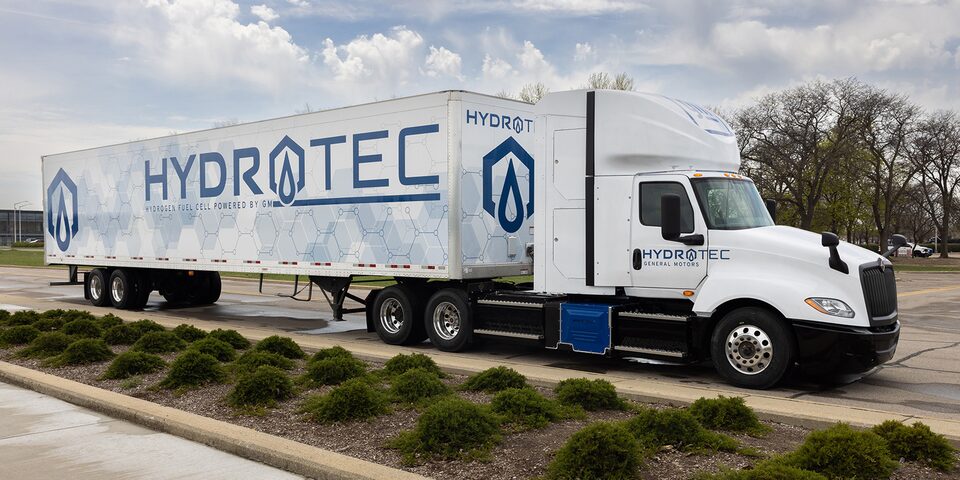
On-Road
Gear up for all the roads ahead with zero emissions.
- Semi-trucks
- Mass transit vehicles
- Delivery trucks and vehicles

Industrial
Shape the future with compact and durable hydrogen fuel cell solutions.
- Mining equipment
- Forklifts
- Heavy construction equipment
- Heavy duty equipment
- Backup power
- Airport equipment

Marine
Turn the tides with expendable, modular performance.
- Class 2 & 3 Boats
- Ships
- Port equipment (cranes, terminal tractors, container handlers and reachstackers)

On-Road

Industrial

Marine
Gear up for all the roads ahead with zero emissions.
- Semi-trucks
- Mass transit vehicles
- Delivery trucks and vehicles
Shape the future with compact and durable hydrogen fuel cell solutions.
- Mining equipment
- Forklifts
- Heavy construction equipment
- Heavy duty equipment
- Backup power
- Airport equipment
Turn the tides with expendable, modular performance.
- Class 2 & 3 Boats
- Ships
- Port equipment (cranes, terminal tractors, container handlers and reachstackers)
How Hydrogen Power Works
Hydrogen fuel cells combine hydrogen and oxygen in an electrochemical reaction to convert energy stored in hydrogen into DC electrical power.
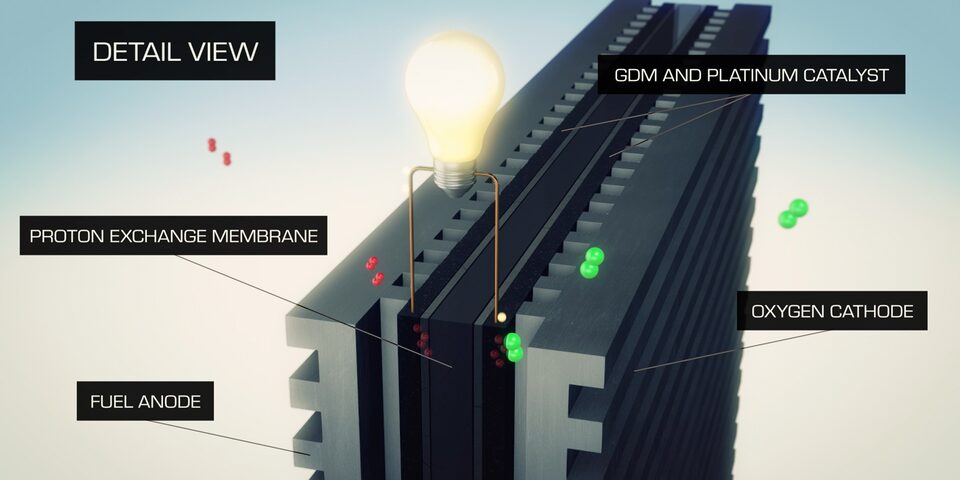
Step 1
Hydrogen is fed into a negative fuel anode and is split into protons and electrons at the catalyst
Step 2
Protons pass through the proton exchange membrane while the electrons enter a circuit where they provide electricity and heat
Step 3
Oxygen enters from a positive oxygen cathode and combines with the protons at the catalyst to form water as a clean byproduct before it exits the fuel cell
Hydrogen availability only shows signs of growing as industries continue integrating fuel cell technology into more applications. Currently, hydrogen can be acquired a number of ways. Contact us to learn how to supply hydrogen for your applications.
HYDROTEC POWER CUBE
Discover the engineering and capabilities of the HYDROTEC Power Cube from GM Powered Solutions, a zero-tailpipe-emission hydrogen engine option for heavy duty applications — that refuses to compromise on power.
Watch the video for an overview or click below to learn if the power cube is right for your application.
HYDROTEC POWER CUBE
Discover the engineering and capabilities of the HYDROTEC Power Cube from GM Powered Solutions, a zero-tailpipe-emission hydrogen engine option for heavy duty applications — that refuses to compromise on power.
Watch the video for an overview or click below to learn if the power cube is right for your application.
GM’s History of Hydrogen Innovation
For decades, GM has been pursuing hydrogen fuel cell applications and pushing the technology forward.
1968:
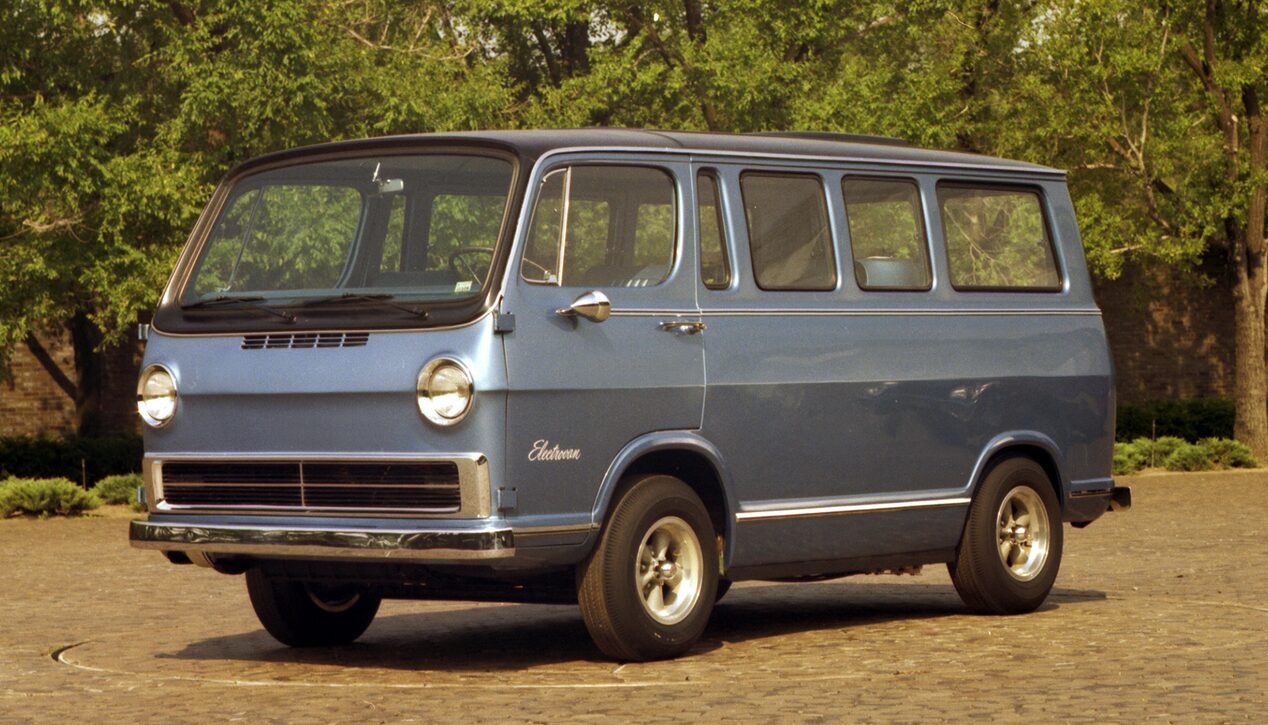
Electrovan
Considered the first hydrogen fuel cell automobile, the Electrovan took the next steps to apply hydrogen fuel cell technology to on-road applications. The experimental vehicle served as a crucial milestone for demonstrating hydrogen and fuel cells as a cleaner solution, and provoked further interest in research and development.
2000:
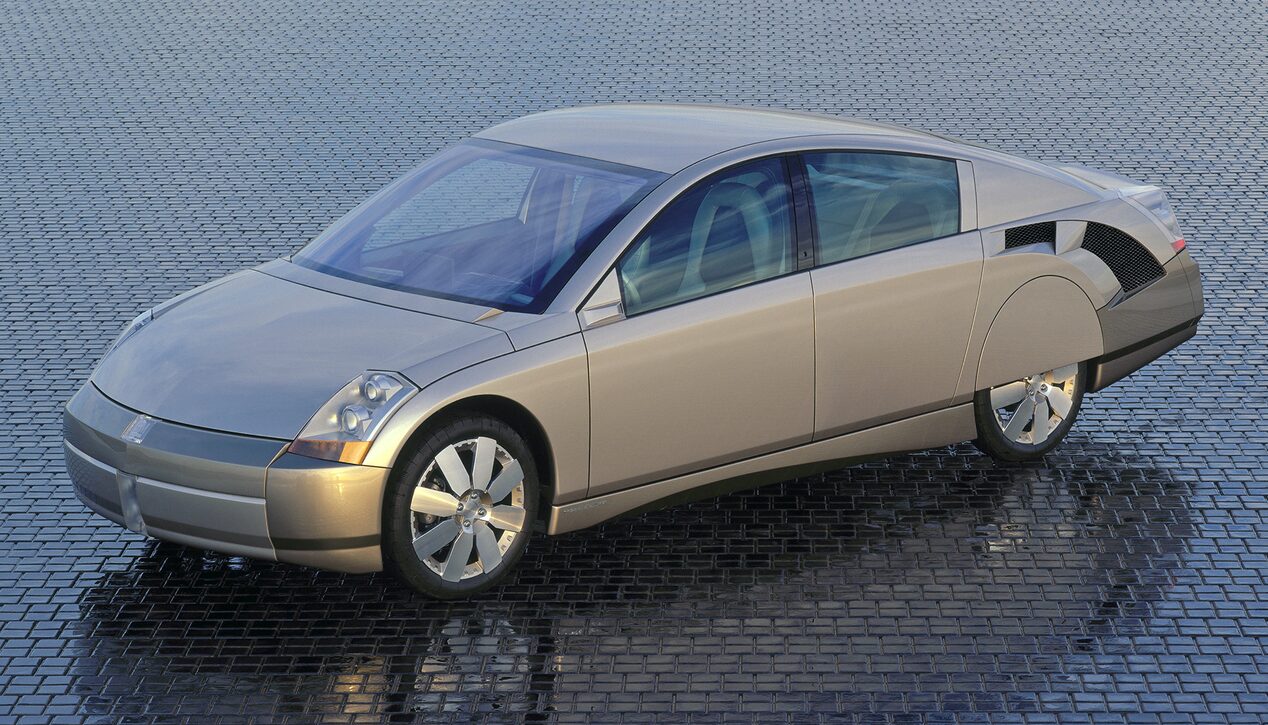
Precept
GM created the 2000 Precept with the New Generation of Vehicles (PNGV) program. The hybrid concept relied on either gasoline or hydrogen, and featured a design emphasizing aerodynamic efficiency, lightweight construction and advanced propulsion technologies. The Precept provided crucial insights that paved the way for later GM hybrids, including the Chevrolet Volt.
2001:
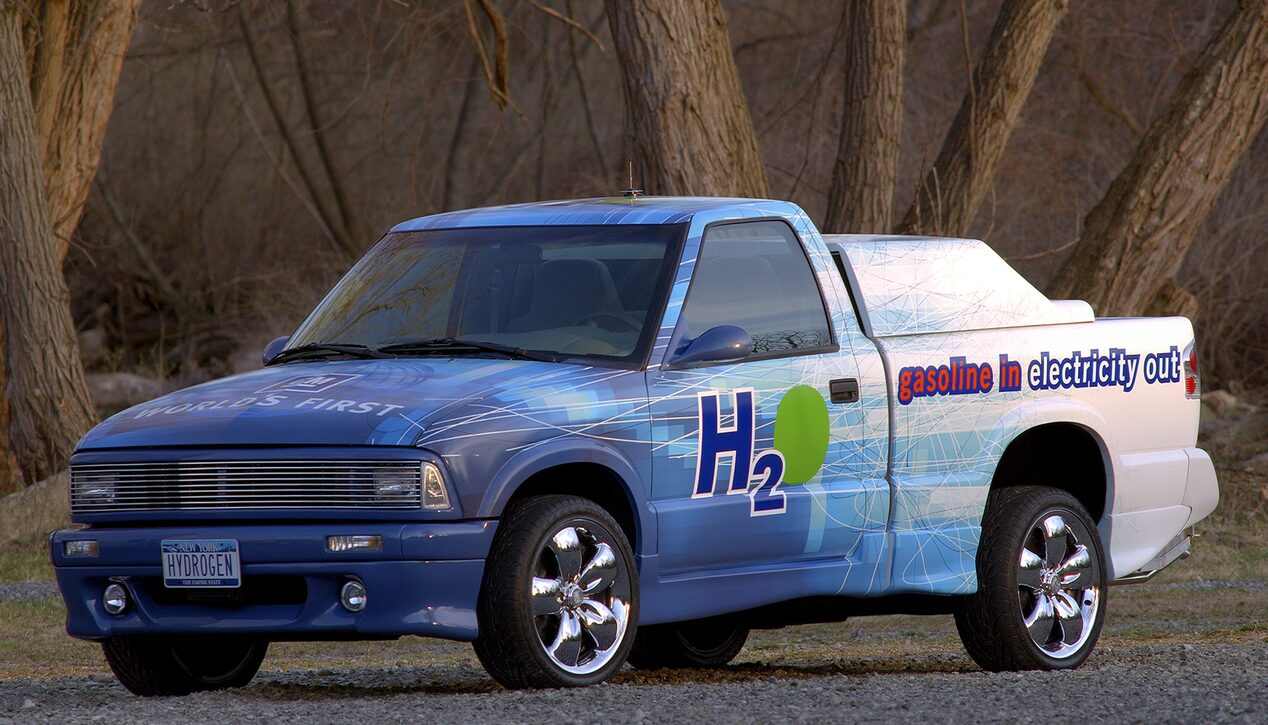
Gasoline Reformation and Fuel Cell Technology
In 2001, GM equipped a Chevrolet S-10 with fuel cell technology that used an onboard fuel processor to reform gasoline into hydrogen to increase fuel economy. The S-10 demonstrated a new method to employ hydrogen, producing only water vapor as a byproduct, and opened doors to other collaborations with GM while pushing the boundaries of propulsion technologies.
2002:

GM AUTOnomy
The 2002 GM AUTOnomy relied on integrating hydrogen fuel cell technology into a new skateboard chassis design. The concept vehicle utilized drive-by-wire technology to control steering, braking and throttle rather than mechanical linkages. The highly modular design elevated the thinking behind propulsion systems, showcasing how adaptable platforms could improve efficiency and performance and meet environmental needs.
2005:
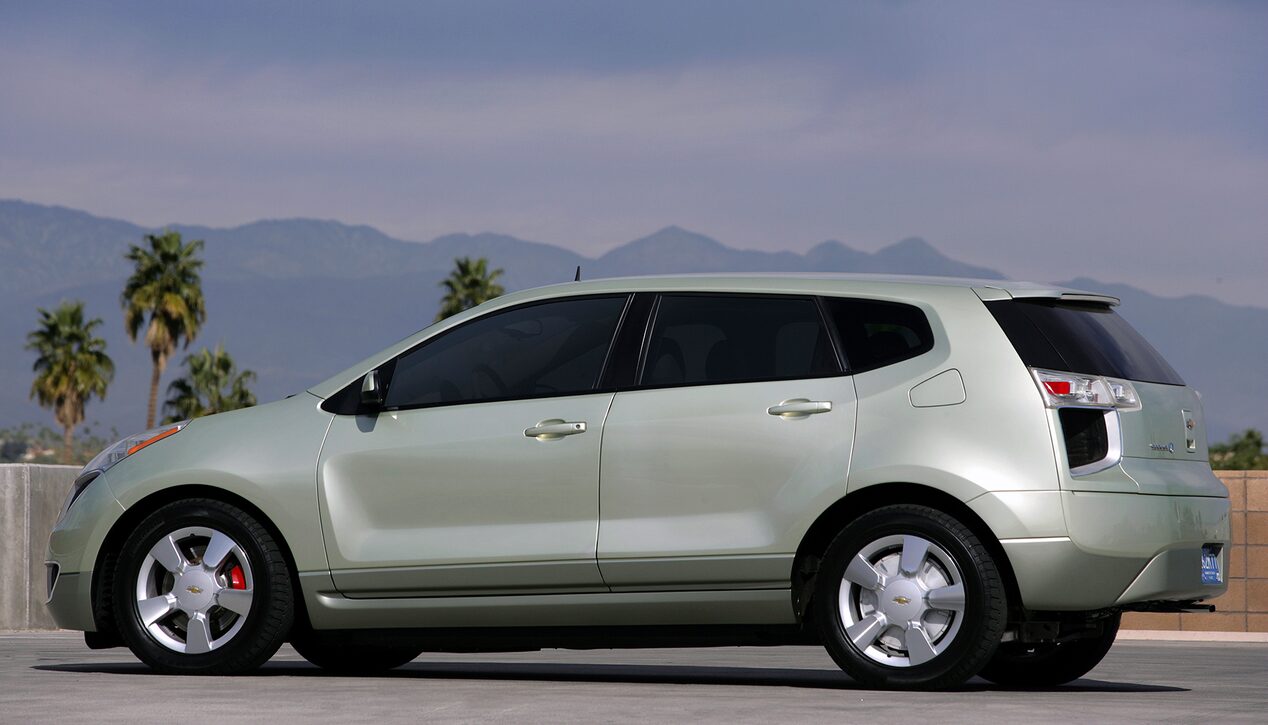
Chevrolet Sequel
The 2005 Chevrolet Sequel showcased a new vision of hydrogen fuel cell technology built on the concepts of the AUTOnomy. The Sequel achieved a 300-mile range, a refuel time of less than 10 minutes and zero tailpipe emissions. While the vehicle created a blueprint for the future of alternative energy in vehicles like the Chevrolet Volt, it did not make it into mass production.
2005:
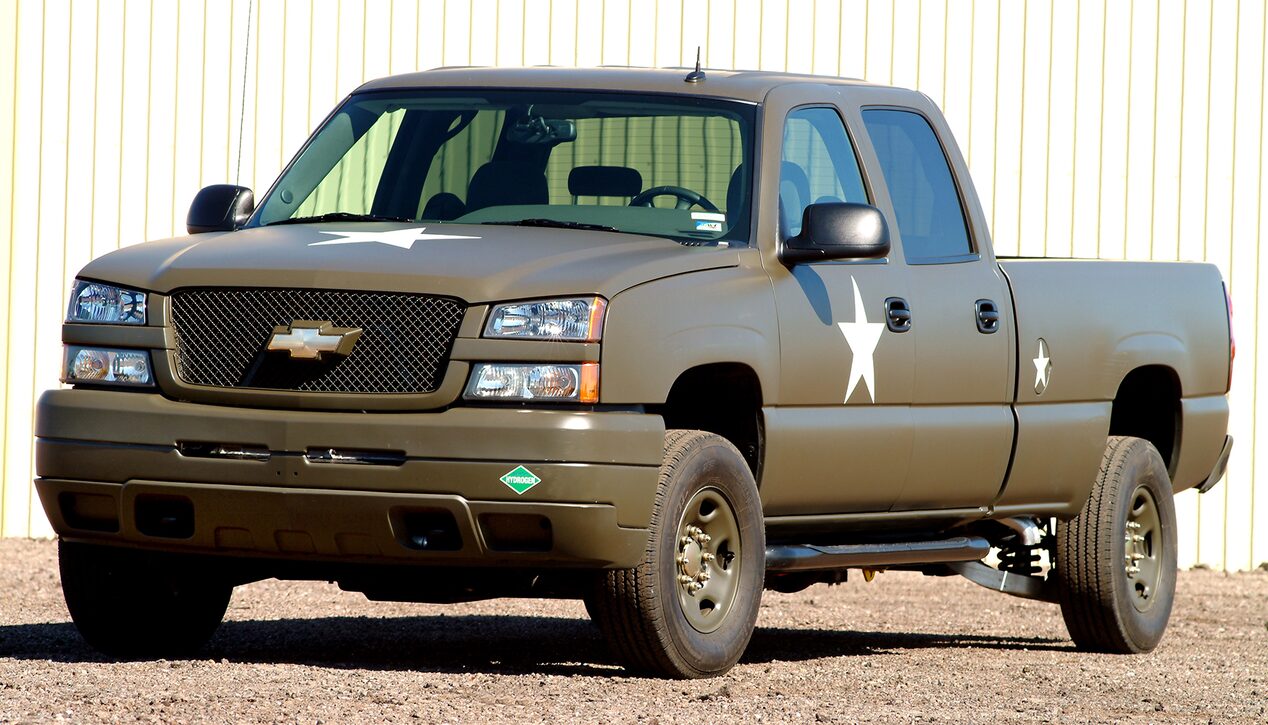
GM’s 1st Fuel Cell Military Truck
Through R&D efforts in 2005, GM designed a hydrogen fuel cell powered Chevrolet Silverado. GM tested the vehicles in extreme field conditions to confirm their viability on military missions, advancing fuel cell technology for new off- and on-road challenges.
2007:
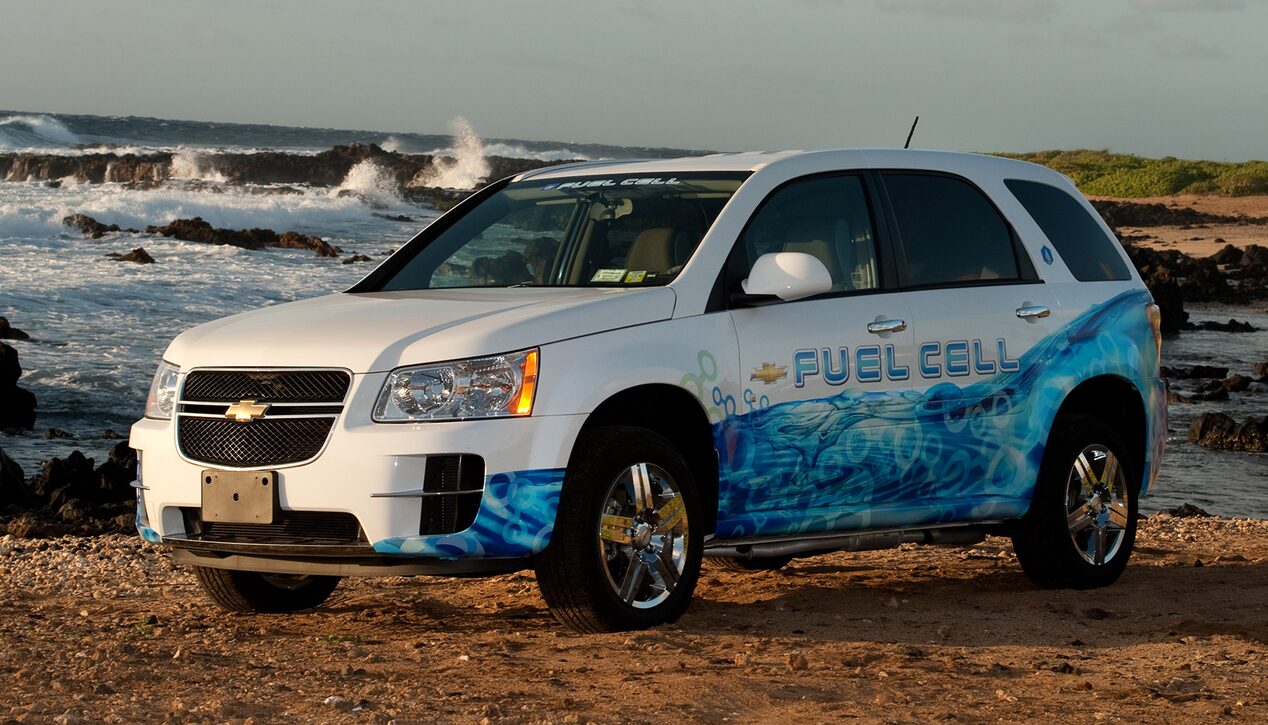
Chevrolet Equinox Fuel Cell
GM created over one hundred 2007 Chevrolet Equinox Fuel Cell vehicles boasting zero tailpipe emissions and a 200-mile range. The fleet was entrusted to consumers to test and research their response to the new technology, and delivered invaluable insights into the viability of hydrogen-powered vehicles and the infrastructural investments needed.
2012
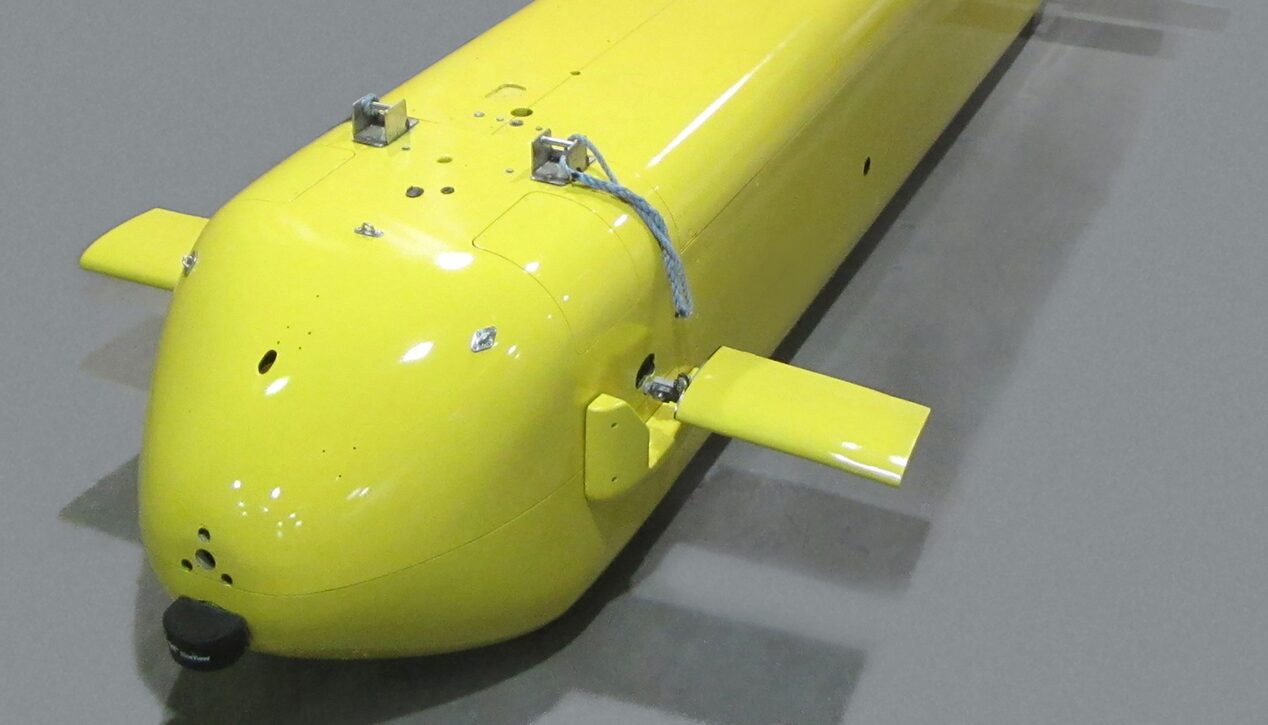
Hydrogen Fuel Cell Unmanned Undersea Vehicle
GM provided the US Navy with hydrogen fuel cells for installation into a Large Displacement Unmanned Undersea Vehicle (unmanned submarine). The propulsion relied on stored hydrogen and oxygen, enabling the UUVs to achieve up to ten times the underwater mission time, over 1,000 hours of continuous underwater operation.
2017:
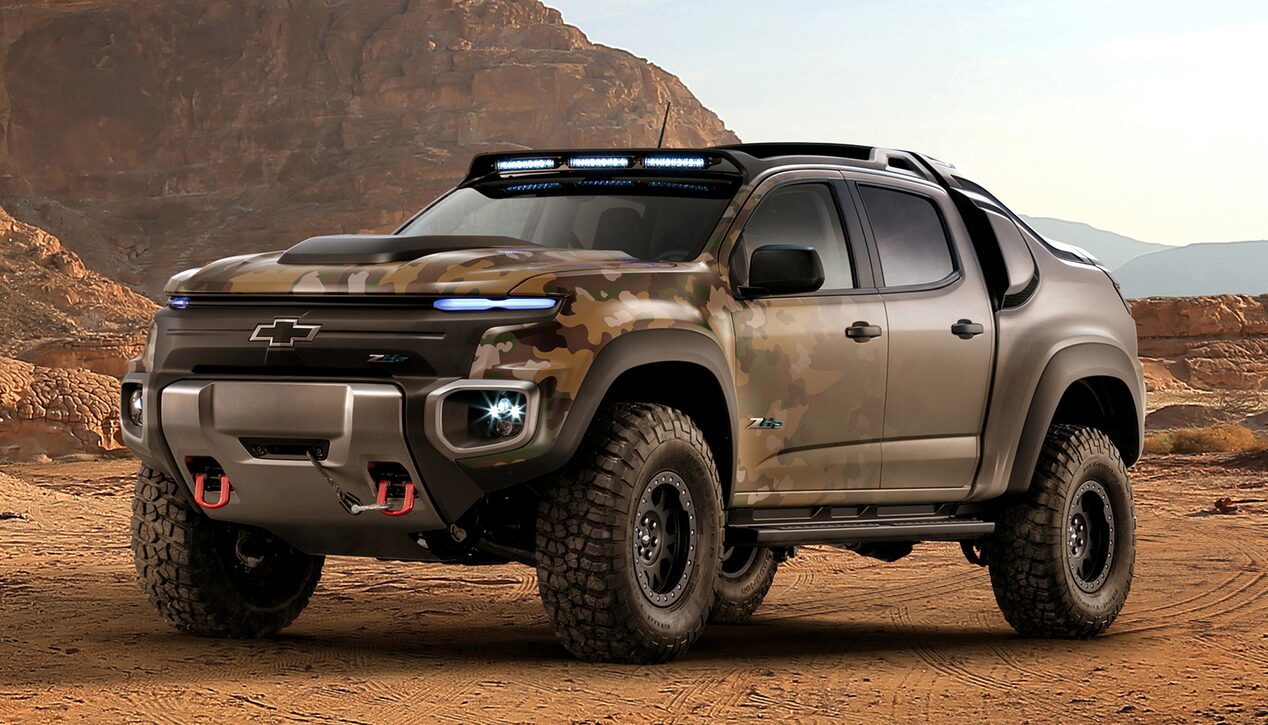
Chevrolet Colorado ZH2
The 2017 Chevrolet Colorado ZH2 was an experimental off-road vehicle developed in collaboration with the military. It is considered one of the most extreme off-road-capable fuel-cell-powered vehicles with near-silent mobility, a reduced heat signature, onboard water production, exportable electric power and zero tailpipe emissions.
1968:

Electrovan
Considered the first hydrogen fuel cell automobile, the Electrovan took the next steps to apply hydrogen fuel cell technology to on-road applications. The experimental vehicle served as a crucial milestone for demonstrating hydrogen and fuel cells as a cleaner solution, and provoked further interest in research and development.
2000:

Precept
GM created the 2000 Precept with the New Generation of Vehicles (PNGV) program. The hybrid concept relied on either gasoline or hydrogen, and featured a design emphasizing aerodynamic efficiency, lightweight construction and advanced propulsion technologies. The Precept provided crucial insights that paved the way for later GM hybrids, including the Chevrolet Volt.
2001:

Gasoline Reformation and Fuel Cell Technology
In 2001, GM equipped a Chevrolet S-10 with fuel cell technology that used an onboard fuel processor to reform gasoline into hydrogen to increase fuel economy. The S-10 demonstrated a new method to employ hydrogen, producing only water vapor as a byproduct, and opened doors to other collaborations with GM while pushing the boundaries of propulsion technologies.
2002:

GM AUTOnomy
The 2002 GM AUTOnomy relied on integrating hydrogen fuel cell technology into a new skateboard chassis design. The concept vehicle utilized drive-by-wire technology to control steering, braking and throttle rather than mechanical linkages. The highly modular design elevated the thinking behind propulsion systems, showcasing how adaptable platforms could improve efficiency and performance and meet environmental needs.
2005:

Chevrolet Sequel
The 2005 Chevrolet Sequel showcased a new vision of hydrogen fuel cell technology built on the concepts of the AUTOnomy. The Sequel achieved a 300-mile range, a refuel time of less than 10 minutes and zero tailpipe emissions. While the vehicle created a blueprint for the future of alternative energy in vehicles like the Chevrolet Volt, it did not make it into mass production.
2005:

GM’s 1st Fuel Cell Military Truck
Through R&D efforts in 2005, GM designed a hydrogen fuel cell powered Chevrolet Silverado. GM tested the vehicles in extreme field conditions to confirm their viability on military missions, advancing fuel cell technology for new off- and on-road challenges.
2007:

Chevrolet Equinox Fuel Cell
GM created over one hundred 2007 Chevrolet Equinox Fuel Cell vehicles boasting zero tailpipe emissions and a 200-mile range. The fleet was entrusted to consumers to test and research their response to the new technology, and delivered invaluable insights into the viability of hydrogen-powered vehicles and the infrastructural investments needed.
2012

GM provided the US Navy with hydrogen fuel cells for installation into a Large Displacement Unmanned Undersea Vehicle (unmanned submarine). The propulsion relied on stored hydrogen and oxygen, enabling the UUVs to achieve up to ten times the underwater mission time, over 1,000 hours of continuous underwater operation.
2017: Chevrolet Colorado ZH2

Chevrolet Colorado ZH2
The 2017 Chevrolet Colorado ZH2 was an experimental off-road vehicle developed in collaboration with the military. It is considered one of the most extreme off-road-capable fuel-cell-powered vehicles with near-silent mobility, a reduced heat signature, onboard water production, exportable electric power and zero tailpipe emissions.
1968:

Electrovan
Considered the first hydrogen fuel cell automobile, the Electrovan took the next steps to apply hydrogen fuel cell technology to on-road applications. The experimental vehicle served as a crucial milestone for demonstrating hydrogen and fuel cells as a cleaner solution, and provoked further interest in research and development.
2000:

Precept
GM created the 2000 Precept with the New Generation of Vehicles (PNGV) program. The hybrid concept relied on either gasoline or hydrogen, and featured a design emphasizing aerodynamic efficiency, lightweight construction and advanced propulsion technologies. The Precept provided crucial insights that paved the way for later GM hybrids, including the Chevrolet Volt.
2001:

Gasoline Reformation and Fuel Cell Technology
In 2001, GM equipped a Chevrolet S-10 with fuel cell technology that used an onboard fuel processor to reform gasoline into hydrogen to increase fuel economy. The S-10 demonstrated a new method to employ hydrogen, producing only water vapor as a byproduct, and opened doors to other collaborations with GM while pushing the boundaries of propulsion technologies.
2002:

GM AUTOnomy
The 2002 GM AUTOnomy relied on integrating hydrogen fuel cell technology into a new skateboard chassis design. The concept vehicle utilized drive-by-wire technology to control steering, braking and throttle rather than mechanical linkages. The highly modular design elevated the thinking behind propulsion systems, showcasing how adaptable platforms could improve efficiency and performance and meet environmental needs.
2005:

Chevrolet Sequel
The 2005 Chevrolet Sequel showcased a new vision of hydrogen fuel cell technology built on the concepts of the AUTOnomy. The Sequel achieved a 300-mile range, a refuel time of less than 10 minutes and zero tailpipe emissions. While the vehicle created a blueprint for the future of alternative energy in vehicles like the Chevrolet Volt, it did not make it into mass production.
2005:

GM’s 1st Fuel Cell Military Truck
Through R&D efforts in 2005, GM designed a hydrogen fuel cell powered Chevrolet Silverado. GM tested the vehicles in extreme field conditions to confirm their viability on military missions, advancing fuel cell technology for new off- and on-road challenges.
2007:

Chevrolet Equinox Fuel Cell
GM created over one hundred 2007 Chevrolet Equinox Fuel Cell vehicles boasting zero tailpipe emissions and a 200-mile range. The fleet was entrusted to consumers to test and research their response to the new technology, and delivered invaluable insights into the viability of hydrogen-powered vehicles and the infrastructural investments needed.
2012:

Hydrogen Fuel Cell Unmanned Undersea Vehicle
GM provided the US Navy with hydrogen fuel cells for installation into a Large Displacement Unmanned Undersea Vehicle (unmanned submarine). The propulsion relied on stored hydrogen and oxygen, enabling the UUVs to achieve up to ten times the underwater mission time, over 1,000 hours of continuous underwater operation.
2017:

Chevrolet Colorado ZH2
The 2017 Chevrolet Colorado ZH2 was an experimental off-road vehicle developed in collaboration with the military. It is considered one of the most extreme off-road-capable fuel-cell-powered vehicles with near-silent mobility, a reduced heat signature, onboard water production, exportable electric power and zero tailpipe emissions.
Connect with GM Powered Solutions and Become an Integrator
Whether the adventure leads to road, sea or sky — keep thunder at the heart with GM Powered Solutions’ Advanced Propulsion Technology.